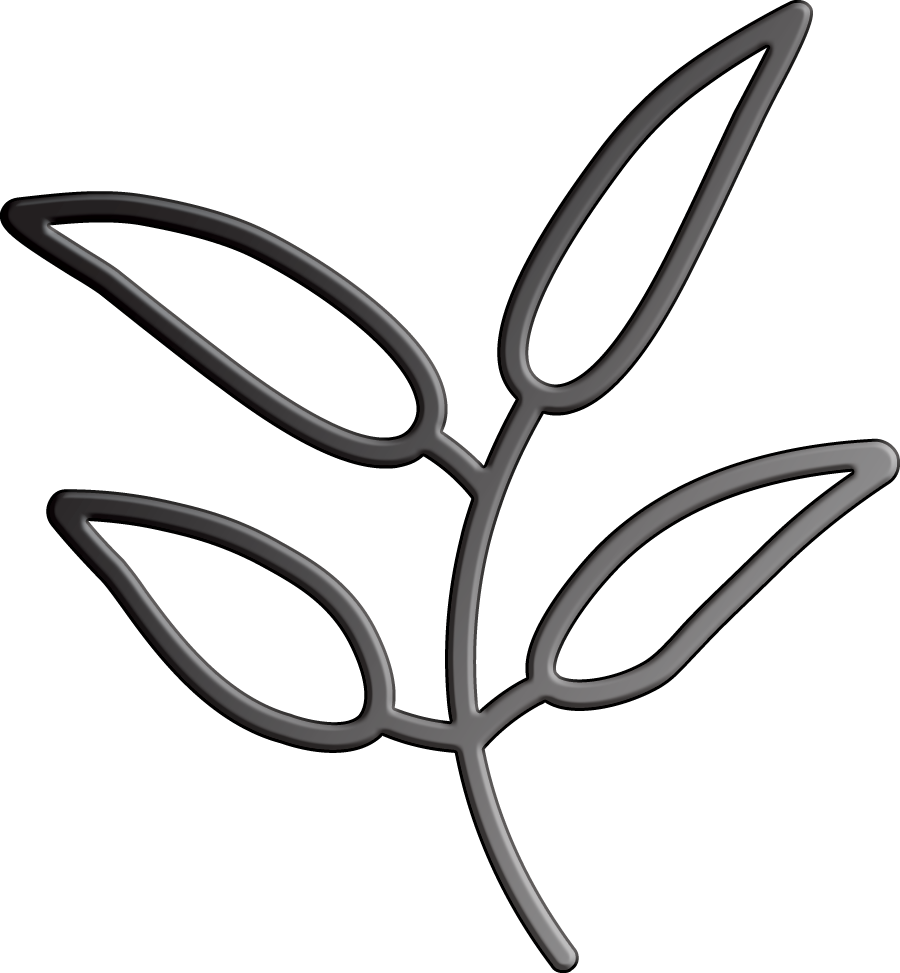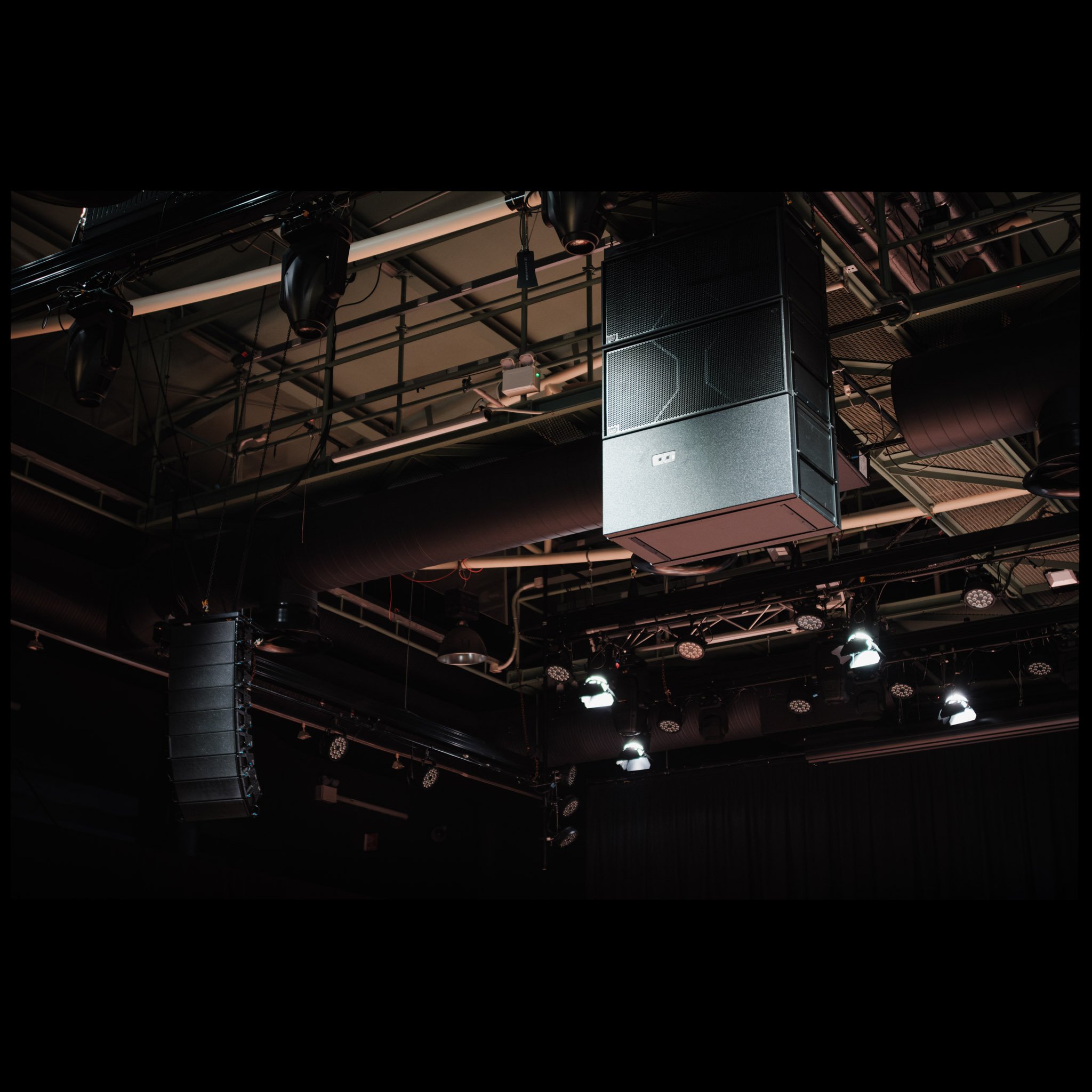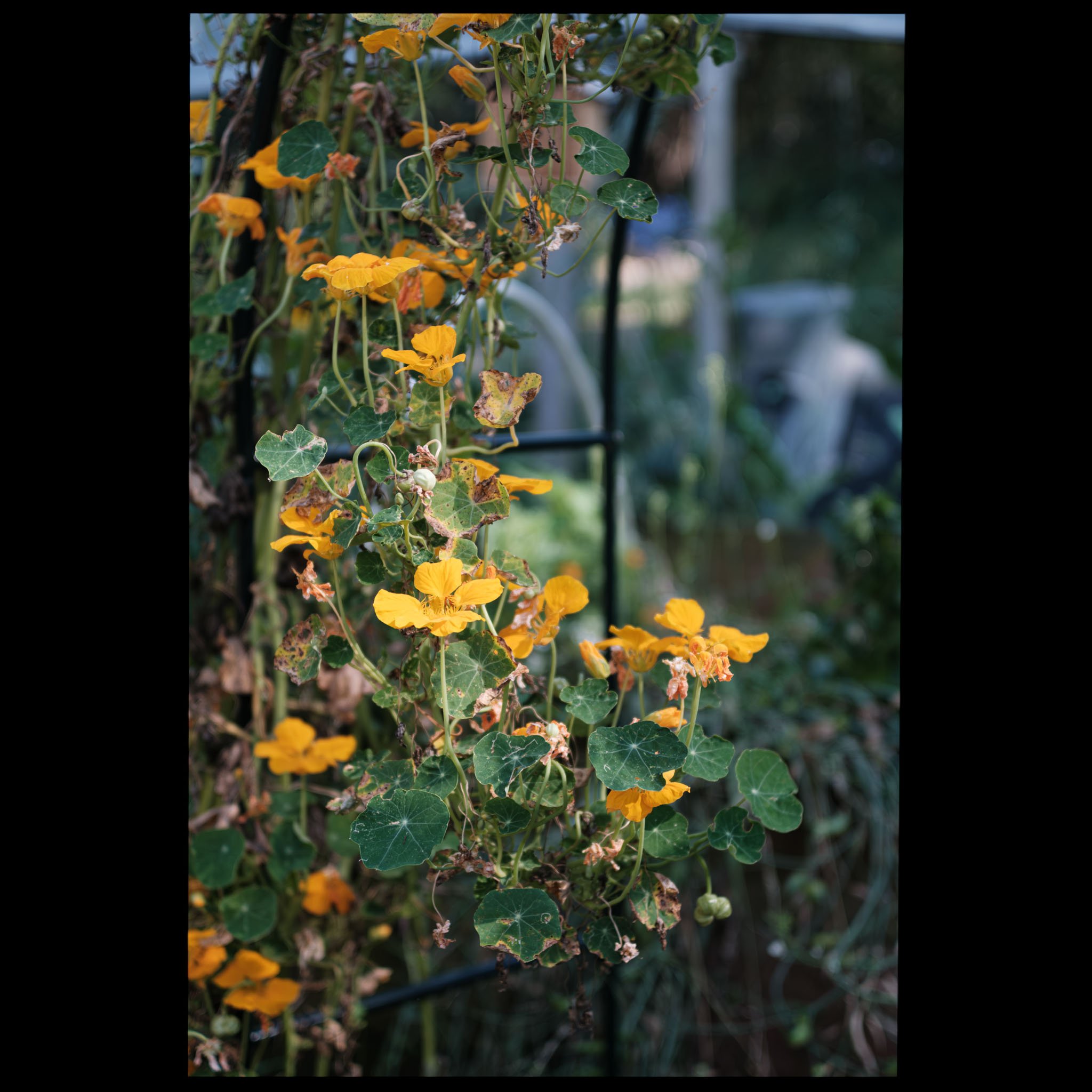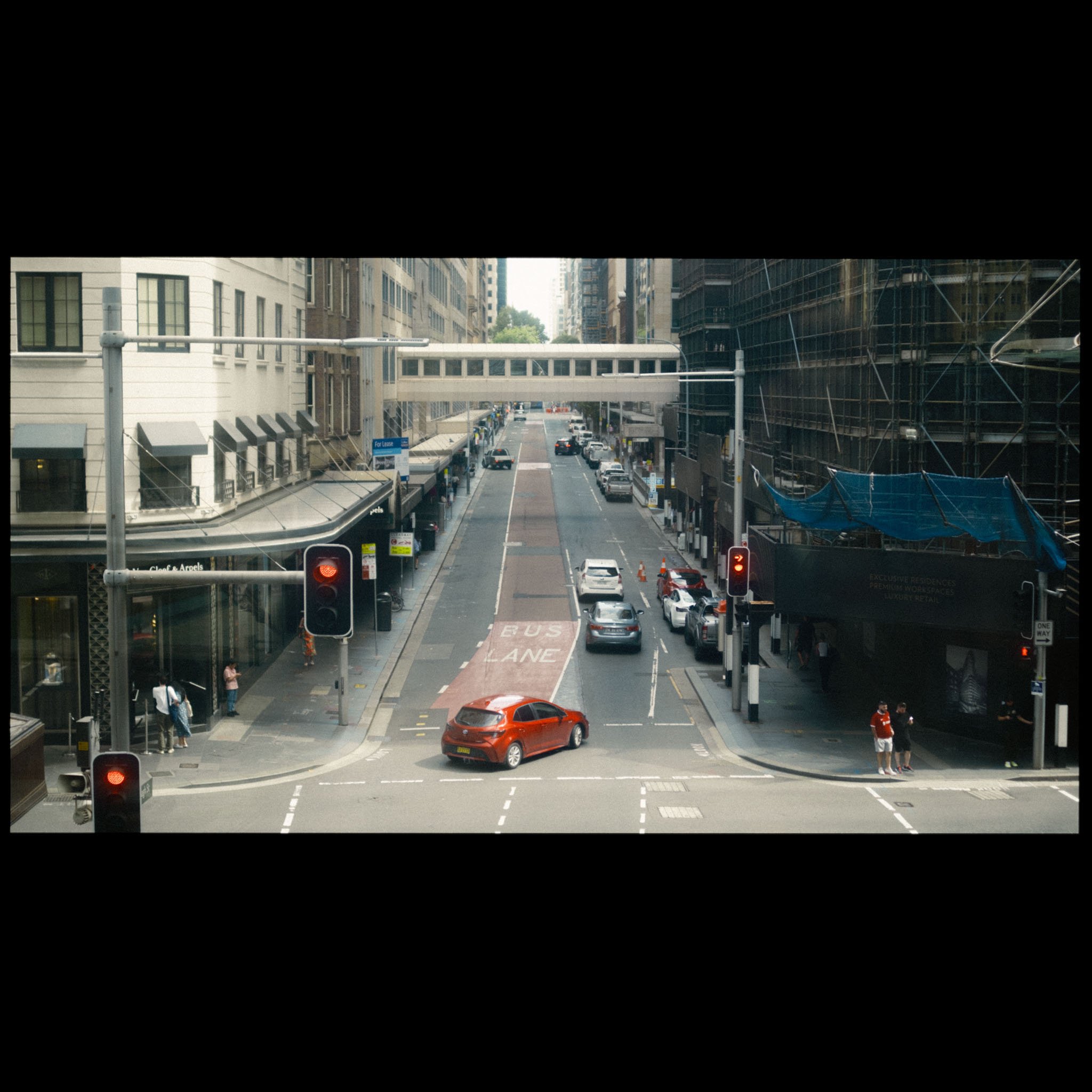The Kipon IBERIT 35/2.4 Review (for X Mount)
I thought about doing a full video review for this lens but really I do not think there is much to cover (unlike the unique IBELUX 40/.85). That’s not to say this lens is not interesting or worthy of comment, I just feel blog format is likely enough (with a little B roll lens footage above). Rather than obsessing over the details I think the more interesting topic is ‘why this lens’?
The Why
With the arrival of the Kimono (the Pentax K3III Monochrome), the camera caused quite a stir. Opinions varied but one thing that stuck out was this idea of being ‘forced constraint’ into creativity. Without colour the user would approach the medium with a different mindset going in. This got me thinking.
Last year saw me go through a lot of changes with my photography kit, I started collecting and using zooms for the first time, and not the small kind either but the heavy duty! The Sigma 18-35/1.8, the XF50-140/2.8 and the gigantuous Sigma 50-100/1.8. I was on a versatile but fast lens high! Along with some other heavy primes (like the IBELUX 40/.85, shown above in the video for comparison) I started to crave a small lens to add to the mix, for those times I want a break from the weight.
The IBERIT was on sale. It was pretty to look at, compact and small and I had a hunch it would render in a different manner to the ‘clinical’ Fuji glass (which I have plenty already). In the past f2.4 would have been a turn off, but I thought about the Kimono camera and suddenly became obsessed with the idea of being limited with my shooting approach. Perhaps with this lens I could no longer rely on heavy out of focus areas to sell the image. Perhaps now I would need to make better use of my compositions and perhaps I needed to ‘grow up’ a little and leave the comfort of speed. So I bought it, thinking of it as a ‘training lens’ of sorts.
What I Hoped For
My hopes for this lens would be that it was fun to use, limiting (but in a good way) whilst providing some charismatic charm. I am a child. If you give me fast apertures I’m just going to use and abuse them. Hopefully this lens will upskill me through time…
There can be some other interesting optical trade offs to using ‘slow glass’ as well. Fast lenses stopped down to f2.4-2.8 can render the bokeh specular highlights rather jagged (even with curved aperture blades), but this lens can avoid all that and still give softer circular bokeh at this f stop. Of course sometimes you want a faster aperture for the shot, but if you do find yourself wanting for a f2.4-2.8 depth then its not always a bad idea to actually choose an optic that natively sits close to this. F2.4 might not sound that slow, but in terms of full frame appearance it is giving off an f4 type level of depth.
Traits
I tend to dislike current trends where lens traits are sorted into good or bad categories, or pros and cons. It’s even interesting to see various reviews where even those that strive to being quite fair, accurate and neutral with their observations inevitably fall into ‘negative’ language remarks. One minute the lens has been described as having ‘low’ contrast and then the next minute it’s coined to being ‘poor’ or ‘weak’, yet simultaneously that ‘poor contrast’ is being hailed and attributed for creating a very pleasing background/bokeh…
I’m a firm believer that there really is no such thing as a bad lens and many times the poorer scoring lens will produce (convincingly so) a better image against a better scoring optic, it just depends on the purpose and aim to which the image is being created. Lenses are tools, pick the right one for the right job.
So I will try and choose my words carefully when talking about this particular IBERIT 35 optic.
Low contrast when shooting into direct sunlight.
Flares easily (but I would not particularly say the flares are spectacular or interesting).
Has small 6 start point sunstar bursts that are quite cute.
The bokeh balls can be very puffy and cute at times, taking on a squishy look at the edges of frame but not cat eyes, more triangular. The bokeh balls can almost have a 3d rendering to their look, there is a degree of soap bubble ring with the addition of a hotspot in the middle. Quite unique and I rather like it.
The transition to in and out of focus seems smooth and gradual with no sudden rushing.
The lens renders slightly warm and has a vintage tonality and impression about it.
It is not particularly sharp wide open, but things improve at f2.8. It appears f5.6 is peak sharpness and diffraction really only affects the image at f16, I would use f8 and f11 comfortably.
Corners and edges are rather soft wide open but catch up by f4.
There is a small amount of CA with this lens wide open, but nothing I have found myself having to tackle in post.
The lens is a full frame lens, so we’re not seeing the full scale of the optical traits on APS-C.
MFD 35cm (I used the MCEX-16 for a couple of close up shots below)
No Autofocus, purely Manual
Clicked aperture ring
No EXIF
Conclusion
There’s really not much else to add. On APS-C you are somewhat limited with providing heavy out of focus areas in relation to the subject, and that transition from in focus to fully will never be properly appreciated when mounted to this particular sensor.
The hood feels a little inadequate (though it is stylish), I often need to provide additional shade with my hand to boost contrast at times.
Lenses tend to have their unique optical traits demonstrated when at their widest apertures. At 2.4 I think you get enough sharpness for things like portraiture work and you hold onto enough defocused areas for some work/styling. If blessed with specular highlights the bokeh balls can be really charming.
The lens feels like a modern vintage lens, not striving for perfection, not even trying, but what you get is still something rather nice. There is a pull to this lens, I tend to go back to it a lot and I can’t fully explain why. It is enjoyable to use and I am finding the limiting aperture a strength rather than a negative.
I’ll finish with some edited work I have taken with this lens. Thanks for stopping by.
Gallery
Any questions feel free to ask below.
EDIT: The good chaps at Kipon.de have seen this review and are offering a 20% discount code for the IBERIT range of lenses for their European customers when using the code ‘iberit35eddy’. The IBERIT lenses are designed in Germany. Optical and mechanical design. I’d like to remind my readers that I am in no way affiliated with Kipon, thanks!
Kipon












































